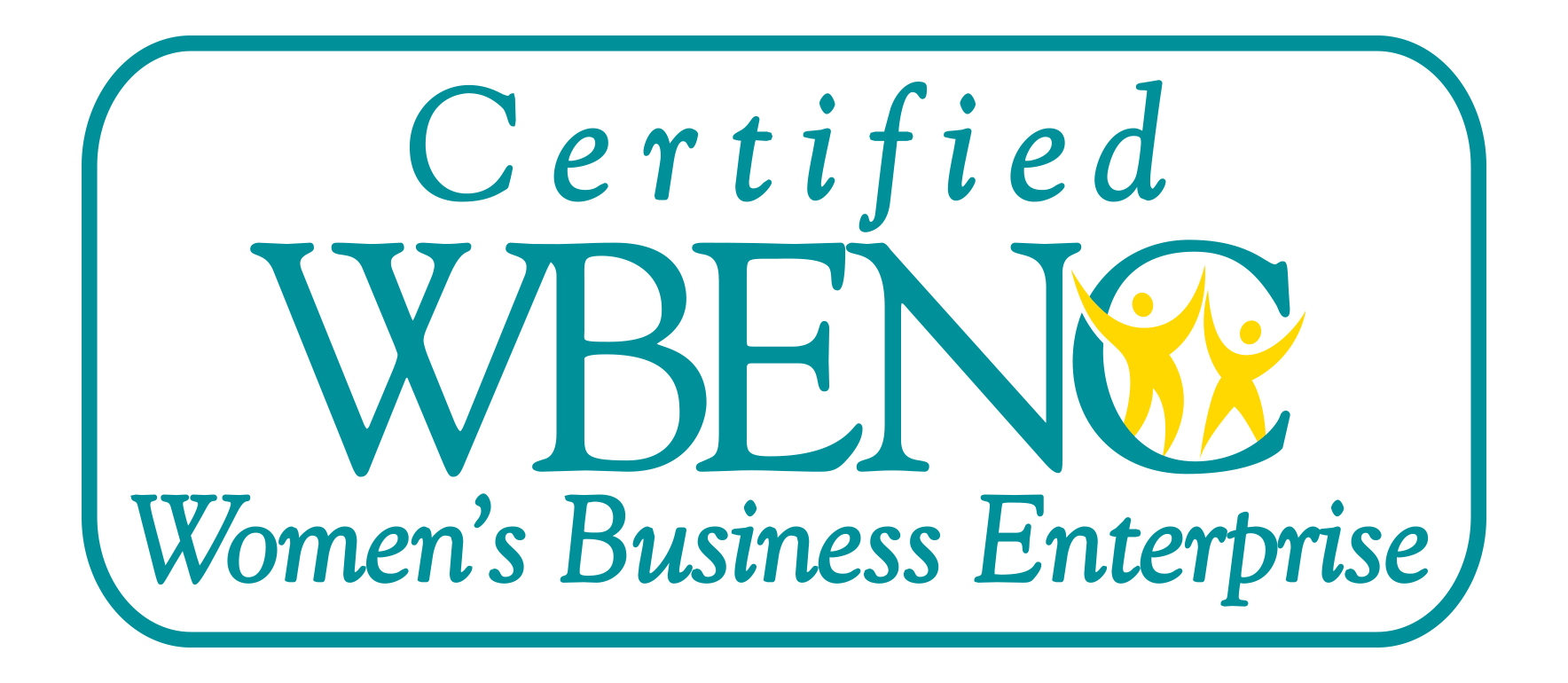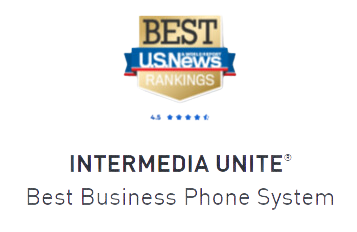Unlocking the Power of Call Center AI: Benefits You Can’t Ignore

Businesses are constantly seeking ways to achieve more with fewer resources, and artificial intelligence is unlocking new possibilities. Yet, diving into tools like Call Center AI can feel overwhelming without a clear starting point.
Recent surveys reveal that 48% of small businesses struggle to adopt AI due to uncertainty about which tools to use, while 46% cite a lack of digital skills among employees as a major hurdle.
To harness the full potential of Call Center AI, it’s crucial to begin with a solid understanding. Discover what Call Center AI is and why it’s essential for your team’s success.
Key Takeaways:
- Call Center AI streamlines routine tasks, freeing up agents and supervisors to focus on more impactful, high-value work.
- AI delivers powerful insights that enhance decision-making and enable your team to offer more personalized customer interactions.
- Effectively leveraging AI tools boosts employee engagement and leads to happier, more satisfied customers.
What is Call Center AI?
Why Should You Adopt Call Center AI?
Call Center AI empowers your support team to reach peak performance. Here are the key benefits:
Enhanced Efficiency and Productivity AI enables customers to handle simple tasks, such as managing account features, through self-service options. This allows agents to focus on more complex and urgent issues.
Moreover, AI reduces administrative tasks by providing automatic transcriptions and summaries after customer interactions. It seamlessly records essential details in your contact center software and updates key productivity tools like:
- Customer Relationship Management (CRM)
- Enterprise Resource Planning (ERP)
- Inventory Management
- Electronic Health Records (EHR)
Additionally, AI ensures customers are connected to the right agent on the first try. With intelligent call routing, AI identifies the reason for the call and key caller details, directing them to the most suitable agent for quicker resolution.

Even More Cost Savings
A cloud-based contact center already offers significant cost advantages over traditional on-premise systems, and Call Center AI takes this efficiency even further.
With AI handling routine tasks, you can reduce the need for extra agents to manage less critical issues, minimizing idle time. Additionally, supervisors save time on analytics, enabling them to make informed decisions more quickly, further driving cost efficiency.

Superior Personalized Customer Service
Personalization is a key factor that can make or break a customer’s loyalty to your brand. Just one poor experience can drive even the most loyal clients to seek alternatives.
Call Center AI enhances personalization by accessing customer data during virtual interactions. When a human agent needs to step in, this information is seamlessly shared, ensuring continuity.
As a result, customers experience a smooth, cohesive conversation with your team. They won’t have to repeat themselves because every relevant detail from previous interactions is readily available to your entire team.
Gain Deeper Insights Into Your Contact Center
Improvement starts with understanding what needs to be refined. Traditionally, supervisors would review a sample of interactions, but this method only offered a partial view.
Call Center AI elevates team analytics by analyzing, recording, transcribing, and summarizing every interaction. It then delivers actionable insights through an intuitive dashboard or customized reports, focusing on the data that matters most to you.
Boosted Customer Satisfaction
The ultimate goal of your contact center is to ensure higher customer satisfaction, and Call Center AI helps you achieve just that. With AI, customers no longer endure long hold times, as they’re swiftly directed to the right agent, leading to a more positive experience with your brand.
Additionally, the personalized service creates a seamless experience, allowing customers to feel as though they’re continuing a conversation rather than starting from scratch. This continuity shows that you genuinely care about them and their concerns, reinforcing their trust in your brand.
Transform Your Customer Service with Towner’s Call Center AI
To maximize the benefits of Call Center AI, you need a reliable and powerful platform. Ensure your contact center operates on a solid foundation with Towner’s cloud-based solutions. Contact us today to learn how we can enhance your customer service experience.






































